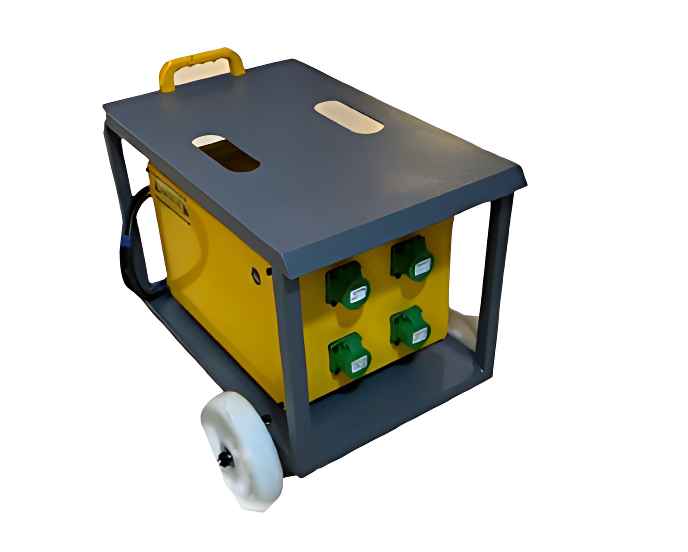Description
A "high frequency and low voltage converter" typically refers to a device that converts electrical power from one form to another. Here's a breakdown of what each term generally means in this context:
High Frequency: Refers to the frequency at which the electrical power is converted. High frequency converters operate at frequencies typically above 20 kHz. They are known for their efficiency and compact size compared to traditional low frequency converters.
Low Voltage: Indicates the output voltage level of the converter. Low voltage converters typically output voltages lower than standard mains voltage (e.g., 120V or 230V AC). The exact voltage range can vary widely depending on the application, but it generally refers to voltages suitable for electronic devices, small appliances, or specific industrial uses.
Converter: This device transforms electrical energy from one voltage level or frequency to another. It may convert AC (alternating current) to DC (direct current), or vice versa, and can also step up or step down voltage levels as required by the application.
Applications of high frequency and low voltage converters can include:
- Power supplies for electronics and telecommunications equipment.
- Battery chargers and inverters for renewable energy systems.
- Industrial equipment requiring precise voltage and frequency control.
- Medical devices and laboratory equipment.
- Aerospace and military applications where compact size and efficiency are critical.
⚙️ Design and Technical Highlights
A notable example is Texas Instruments' 3.5 kW high-voltage to low-voltage DC-DC converter, which utilizes 650V Gallium Nitride (GaN) high-electron mobility transistors (HEMTs). This design achieves high switching frequencies, allowing for smaller transformer sizes and improved thermal performance. The converter operates efficiently across a wide input voltage range, delivering output voltages between 9V and 16V, suitable for hybrid and electric vehicle powertrain systems .TI
In another advancement, researchers have developed a radiation-hardened DC-DC converter operating at 100 MHz using a compact 22 nH air-core inductor. This design delivers a stable 1.2V output at up to 1A, demonstrating the feasibility of high-frequency operation in radiation-prone environments .arXiv
🔌 Applications and Benefits
High-frequency, low-voltage converters are integral in various sectors:
-
Electric Vehicles (EVs): They facilitate efficient power conversion between high-voltage batteries and low-voltage auxiliary systems.
-
Data Centers: Their compact size and high efficiency are ideal for space-constrained environments requiring reliable power delivery.
-
Aerospace: Radiation-hardened designs ensure dependable operation in space applications.
The benefits of these converters include reduced electromagnetic interference (EMI), improved power density, and enhanced thermal management, contributing to overall system efficiency and reliability.
🔧 Design Considerations
When designing high-frequency, low-voltage converters, engineers must address challenges such as:
-
Thermal Management: High switching frequencies can lead to increased heat generation, necessitating effective cooling solutions.
-
Component Selection: Choosing appropriate semiconductors and passive components that can withstand high frequencies is crucial.
-
Control Strategies: Implementing advanced control algorithms ensures stable operation across varying load conditions.
By meticulously addressing these factors, designers can harness the advantages of high-frequency operation while mitigating associated challenges.


 Brochure
Brochure Call Us
Call Us Whatsapp Now
Whatsapp Now